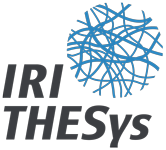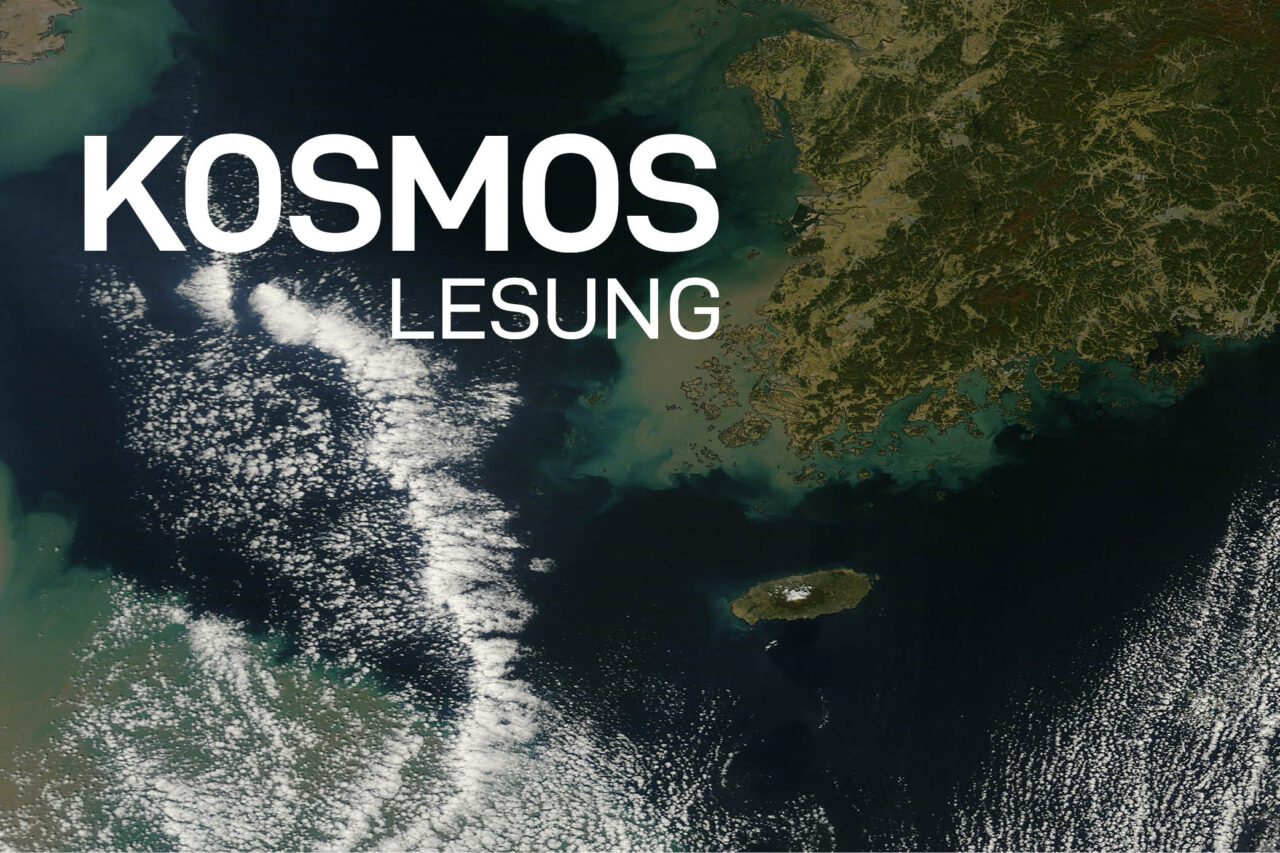
THESys researchers Leonardo R. Ramírez and Ina Säumel explored the effect of land-use change from extensively used grasslands to intensified silvi- and agricultural monocultures on metacommunity structure of native forests in Uruguay. Now their paper has been published in Ecology and Evolution.
Native forest metacommunity structures in Uruguay shaped by novel land-use types in their surroundings
For this study, the authors integrated methods from metacommunity studies, remote sensing, and landscape ecology to explore how woody species distribution was influenced by land-use change from local to regional scale. They recorded richness and composition of adult and juvenile woody species from 32 native forests, created land-use maps from satellite image to calculate spatial metrics at landscape, class, and patch levels. They also analyzed the influence of land use pattern, climate, topography, and geographic distance between sites (d) on metacommunity, and created maps to visualize species richness and (dis)similarity between communities across the country.
Woody species communities were distributed in a discrete pattern across Uruguay. Precipitation and temperature seasonality shaped species distribution pattern. Species richness and community dissimilarity increased from West to East. Latitude did not influence these patterns. Number of patches, landscape complexity, and interspersion and juxtaposition indexes determine woody species distribution at landscape level. Increasing areas covered by crops and timber plantation reduced species richness and increased community dissimilarity. The spatial metrics of native forest fragments at patch level did not influence metacommunity structure, species richness, and community dissimilarity.
In conclusion, Uruguayan native forests display a high range of dissimilarity. Pressure of neighborhood land uses was the predominant factor for species assemblages. Conserving landscape structures that assure connectivity within and among native forest patches is crucial. On sites with rare target species, the creation of alliances between governmental institution and landowner complemented by incentives for biodiversity conservation provides opportunities to advance in species protection focused on those less tolerant to land-use change.
Publication
Ramírez, L. R., & Säumel, I. (2022). Native forest metacommunity structures in Uruguay shaped by novel land-use types in their surroundings. Ecology and Evolution, 12, e8700. https://doi.org/10.1002/ece3.8700
The study was funded by the German Federal Ministry of Education and Research (BMBF) under the project “Rural Futures – Strategies towards multifunctional, biodiverse and sustainable productive landscapes in silvi- and agricultural modified grasslands in Uruguay”.







